With the first book in the Forbidden Things series coming out soon (July 9th! So excited!), I thought it might be worthwhile to talk a bit about the adventure of self-publishing. This isn’t going to be about writing the book or about editing it. Rest assured, it has been edited extensively by myself and others and was accepted by my agent just like The Girl and the Clockwork Cat. I’d like to think the book is the best it can be, but I’m sure something was missed. I’ve yet to read a book edited professionally or otherwise where something wasn’t missed. I just hope it was a small something.
Moving on. This series is epic fantasy and epic fantasy is a hard sell to publishers these days. Since I’d given traditional publishing a try, I decided, with the approval of my agent, to try self-publishing the series. This post is to give readers a little bit of insight into what it takes to self-publish a finished book and to offer other writers starting that journey some assistance. I will probably forget some things, but I’ll try to cover all the major items.
Select a publishing format
The first decision I had to make was that of format because it has considerable impact on many other decisions. I don’t think any author publishing in today’s market would chose to do print without eBook, but eBook without print isn’t uncommon. I love the feel, smell, and weight of a print book. I also love the ability to do public signings at events. For me, having my book available through print on demand as well as eBook was an obvious choice, but it does increase the cost of the process in several ways.
To ISBN or not to ISBN
Many publishing platforms (Kindle, Nook, iBooks, etc. – I haven’t researched this for all of them, so you may want to double-check if you’re publishing a book) will provide an ISBN for free. I think this is a fine way to go for eBooks. However, if you’re doing print on demand through, for example, CreateSpace, and you use their free ISBN, they will be listed as the publisher for your book. You can decide if this matters to you or not, but I wanted my books to be published by me, so I purchased my own ISBNs from Bowker. It’s more expensive than it should be, but it was worth it to me. As a side note, for print books you can get a barcode for the cover on Bowker as well.
Copy-editing
This could be set aside as part of the editing process, but I did want to mention it as I feel having a dedicated copy-editor go over the final draft is necessary. I’m somewhat embarrassed by how many misused or simply missed apostrophes my copy-editor found (thanks Brian). I tend to ignore them a bit when I’m writing. A bad habit I’m trying to fix.
The search for great cover art
Cover art can get expensive, but having a good cover is critical. If you don’t know anyone with the necessary skills, there are many resources including online forums (Writers' Cafe, Goodreads, etc.) and art sites (such as DeviantArt, where I found Raquel Neira, the cover artist for The Girl and the Clockwork Cat and Dissident, and Fiverr, where I found Victoria Davies, the cover artist for In Silence Waiting and Making Monsters as well as several other shorts I haven’t published yet) that can help you find what you’re looking for. You need people to look at your book cover, usually in thumbnail form (thank you Raquel for pointing out that my original idea would be too busy for a thumbnail), and know if it’s something they’ll be interested in. A good cover also shows that you cared enough about your work to represent it well. If you are doing eBook and print, you will need a cover that works for both.
Interior design and formatting
Often overlooked, but critical for reader enjoyment and another place where doing both eBook and print can lead to more work and expense. Good interior design and formatting will determine how easy the book is to read and how people will feel while reading it. It’s easier to get more elaborate with print, but both versions should be attractive and easy to read. I strongly recommend reading through a print proof and looking over the eBook in all platforms you intend to publish on if possible. For one thing, reading through the print version, I found a few embarrassing content errors that were missed in all of the editing.
Getting the word out
There are a lot of ways to market online and a lot of people happy to tell you how to do it. After considerable research, I selected Goddess Fish Promotions to help with my cover reveal and with the post-release blog tour. So far, I’ve been very happy with my choice. If you plan on paying someone to do your promotion, research the options and find someplace that fits your specific book and your budget. Otherwise, you can try to go it alone. I didn’t take that route because, right now, I have more budget than I do time to write and edit.
So many platforms
There are a lot of platforms out there. If you want to make it simple, you can go with KDP Select and call it good. There are a lot of authors who say that has worked well for them. There are also a lot of authors who say diversifying has worked well for them. For my purposes, I decided to go with Createspace for the print on demand version. For the eBook, I’m going direct through Kindle and Nook then using Draft2Digital for some additional distribution. I may narrow or expand this as time goes on. Do your research and make the decision that is right for you and your book(s).
Those are the major items. I don’t doubt that I’m forgetting some things, so I may revisit this in the future. If you have questions or additions, feel free to comment.
Happy reading and/or writing!




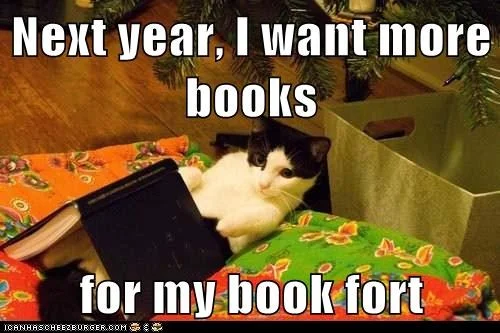

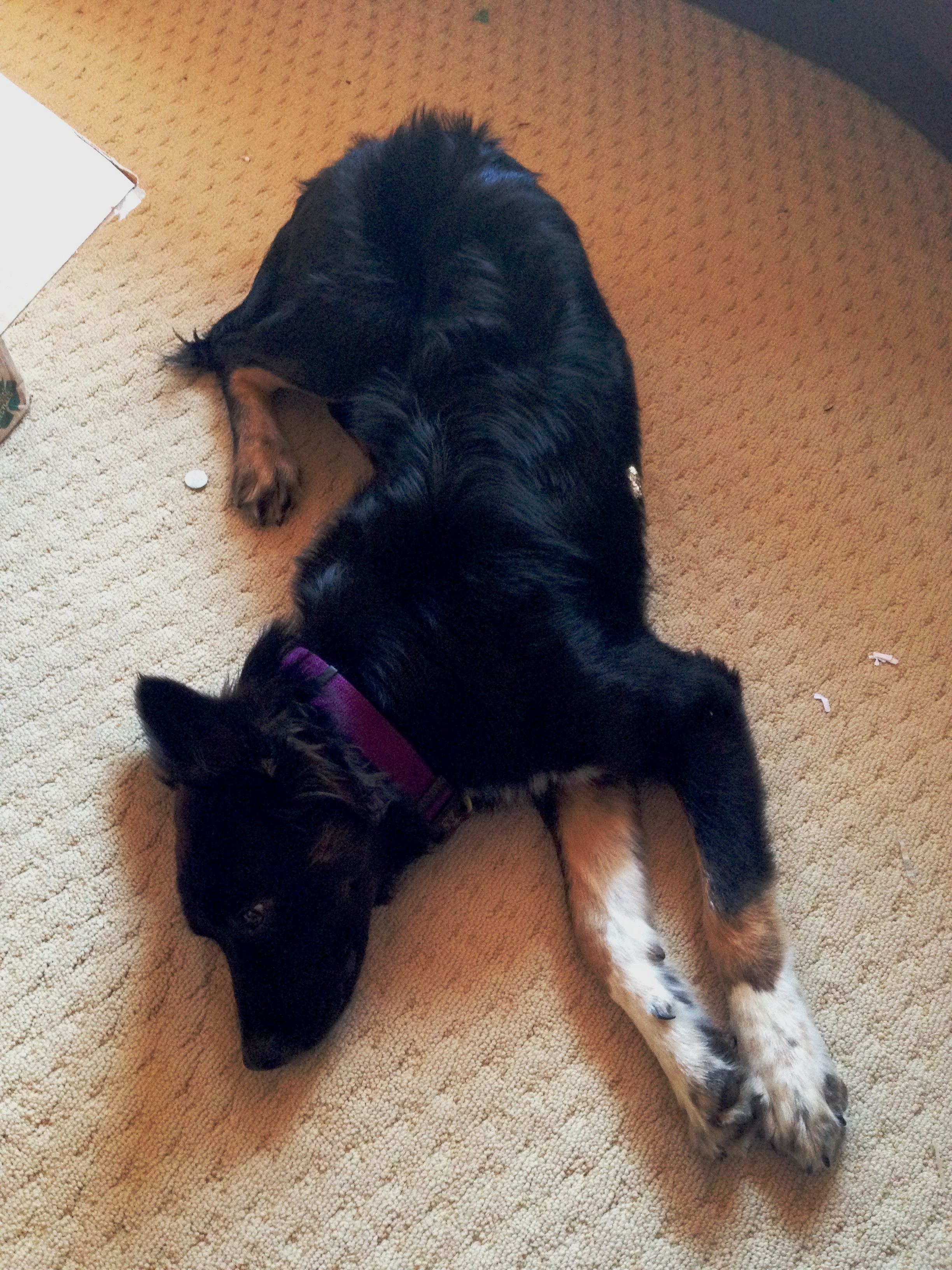

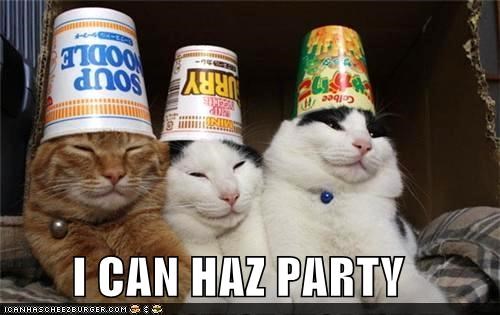
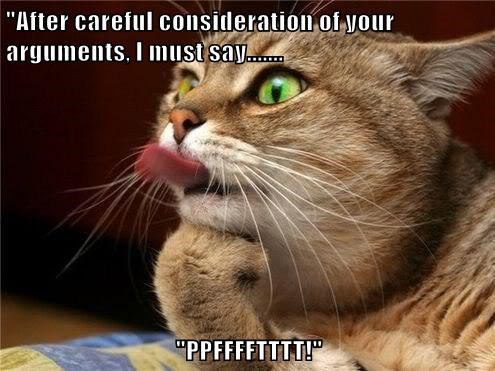
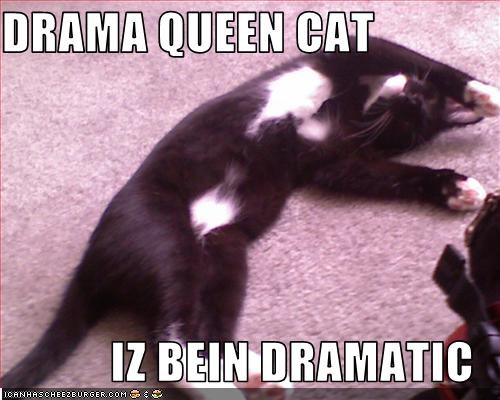

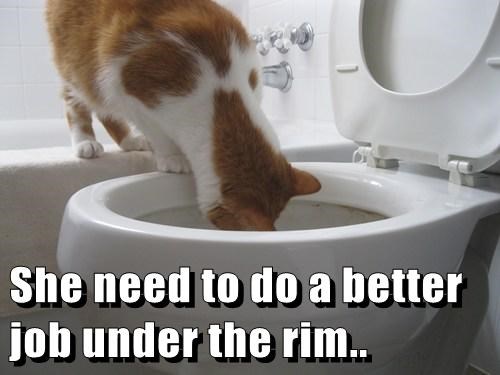
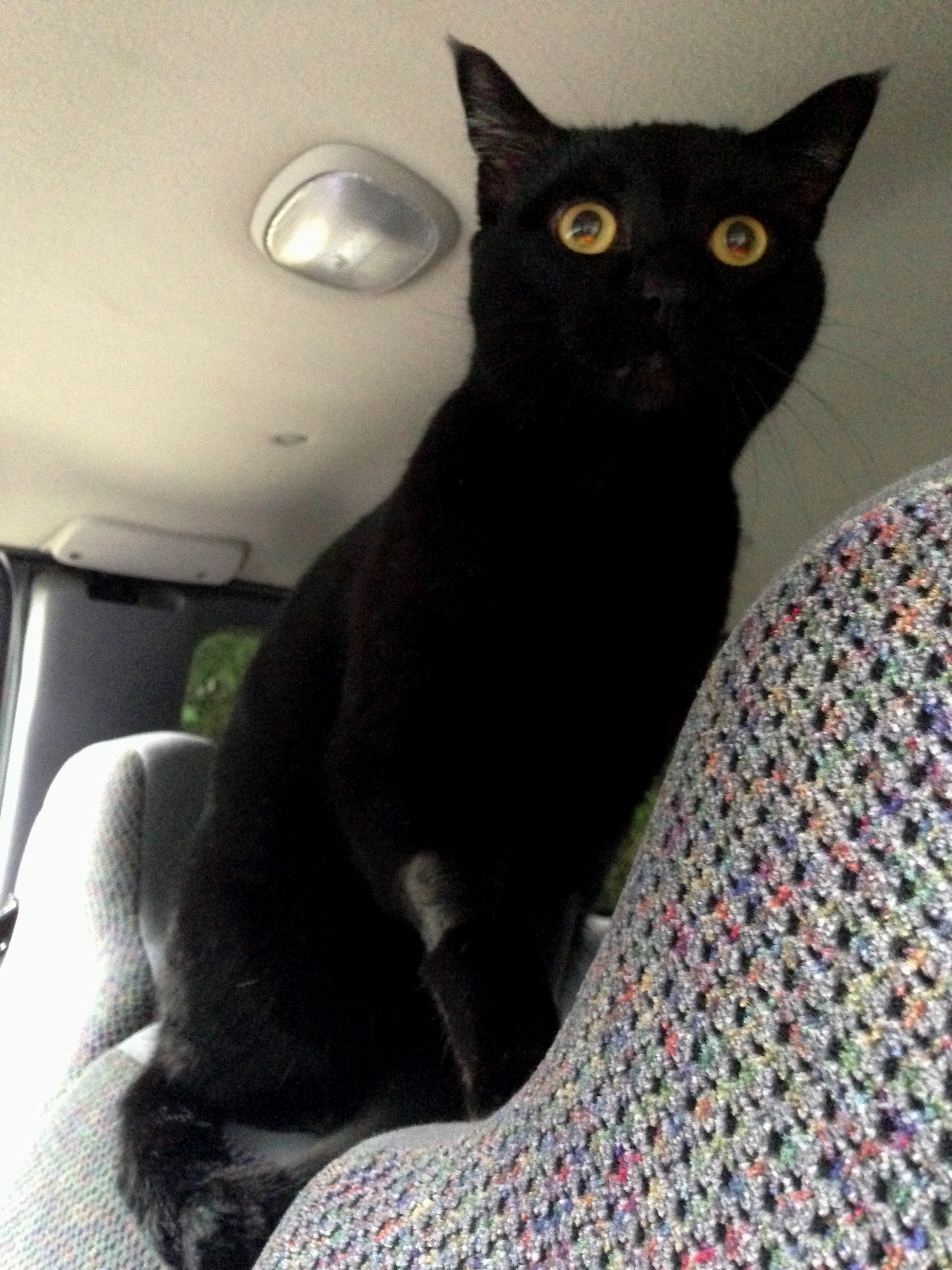

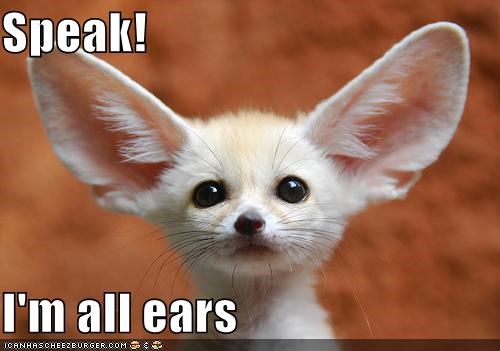
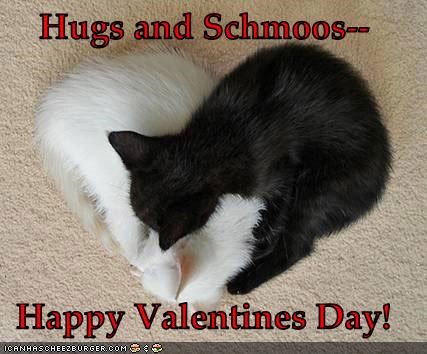

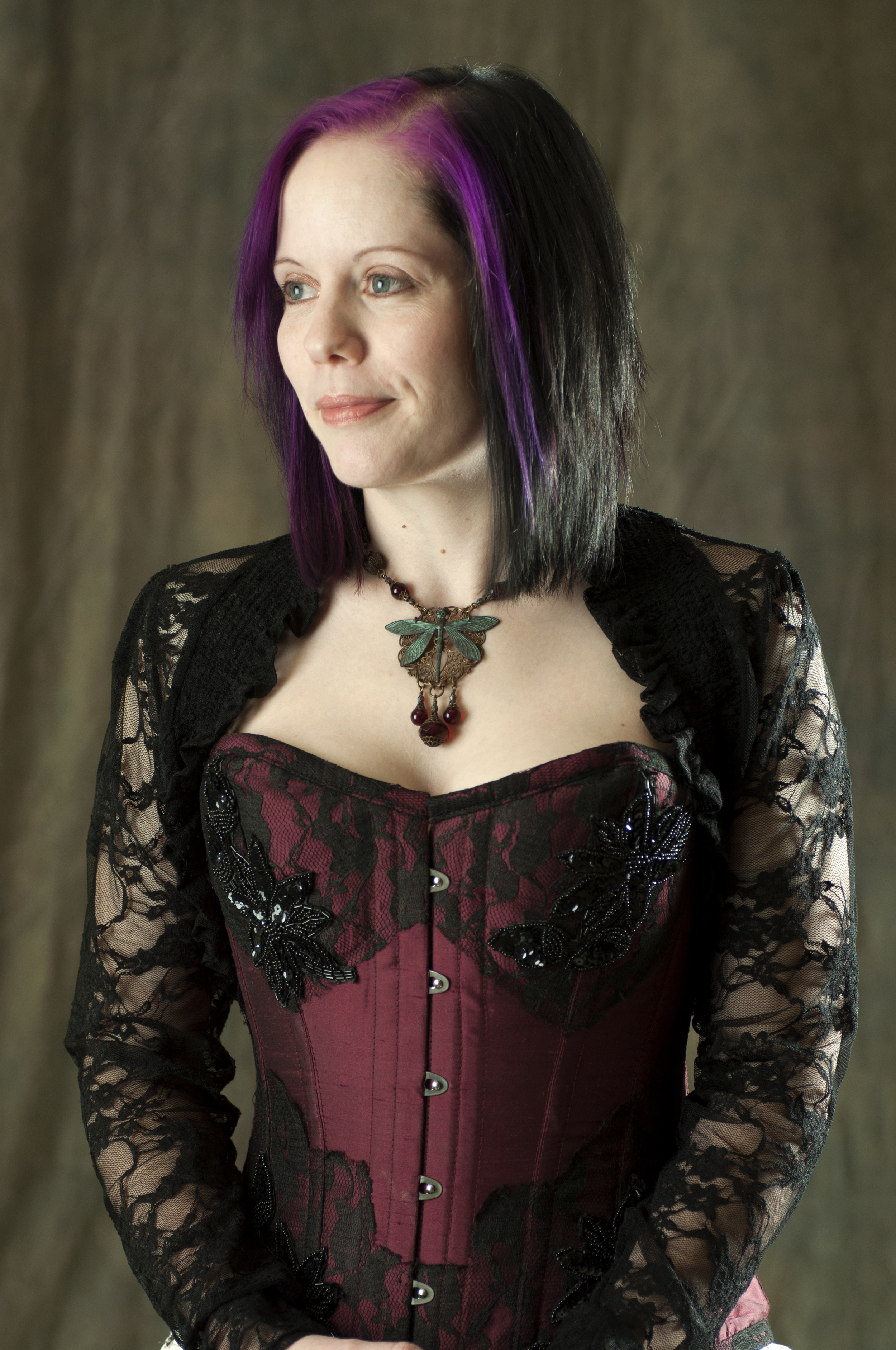




 I just survived another great
I just survived another great 




